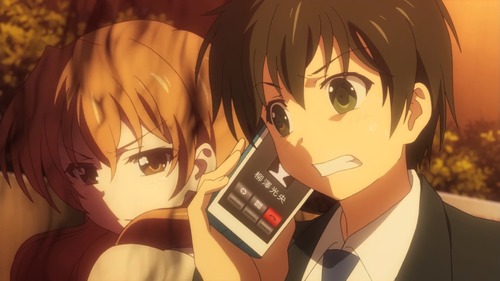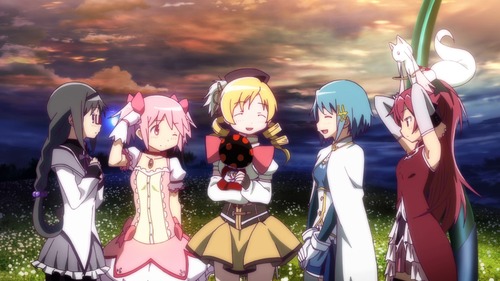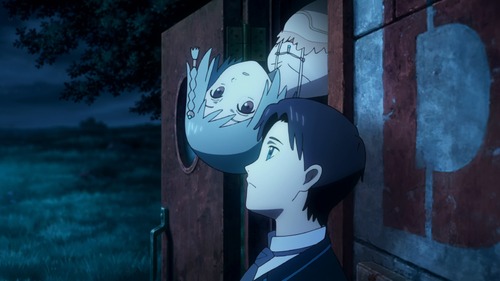Dichotomy 4.1
This minor version adds HTML access keys for certain links and support
for the apple-touch-icon used for iOS bookmark and home screen icons.
This minor version adds HTML access keys for certain links and support
for the apple-touch-icon used for iOS bookmark and home screen icons.
I’m a Tumblr theme developer. I have various bug reports and feature requests that I’d like to send in, not least regarding my continued inability to edit my theme’s description. Tumblr’s official venue for discussion of the theme API is a Google Group that has been dead for months, and was rarely trafficked by Tumblr devs even before it died. So, readers: Do I have any recourse for getting things fixed, beyond complaining a lot and hoping someone notices?
After eight months of sitting dormant in a pre-release branch, here’s a brand-new major version of Dichotomy – major because it makes a couple of backwards-incompatible changes to custom settings. Sorry! I’m trying to keep those to a minimum for future releases.
But enough about that. Let’s talk about the new features instead! They include support for avatars (finally) and using profile header images as backgrounds, streamlined desktop layout options, updates to Google Analytics code, and a few tiny fixes here and there.
Version 4.0 will be available on the Tumblr Theme Garden shortly – at least I hope so. As usual, if you have any problems, drop me a message on Tumblr or report an issue on GitHub.
Here are some more words on things I liked from the year just gone by. Last time, I remarked that nobody reads long posts. I’m getting around that this go-round by splitting this one up into two parts. Ha-ha!

I won’t deny that Golden Time doesn’t make that great of a first impression. The premise of the romance drama reads like a gimmick, what with the main character having amnesia, and the first few episodes stick more or less to the fish-out-of-water formula. If I’d seen Toradora! earlier, too, hearing that both series shared an original author, Yuyuko Takemiya, would have set off more alarm bells in my head. It’s a good thing that didn’t happen, though, because Golden Time is one of the better entries in the genre to come around in a while, taking full advantage of its emotionally fraught setting to draw out memorable performances from Yui Horie and Ai Kayano. And hey, it’s good to have a show in this genre where the cast are all more or less adults for a change. Well, college students. Close enough.

I already wrote quite a bit about the theatrical sequel to the original Madoka TV series in a spoiler-filled review back in May. For those of you who don’t want to have the movie ruined, though, or just don’t like reading too much, here’s a summary: stunning animation, a spellbinding score by Yuki Kajiura, and tremendous writing out of Gen Urobuchi – the last of which is all the more impressive given that the ending of the original series didn’t leave much apparent room for a sequel. (If only Psycho-Pass 2 had been in similarly good hands.)

The inimitable filmmaker behind Time of Eve struck again twice last year, and lo, it was good. Patema Inverted was easily the bigger of the two efforts, and it shows in the scale of the world that Yoshiura builds in the film, a (kinda) half-underground half-dystopia that is wholly impressive. The extroverted nature of action adventure isn’t quite to the usually more introspective Yoshiura’s talents – the lead antagonist is nothing if not cartoonish in his villainy – but what separates Patema from, say, Makoto Shinkai’s venture into similar territory with his Children Who Chase Lost Voices from Deep Below is that Patema holds on to a genuine sense of awe and wonder. It’s a great all-ages film, on top of all that.
Flying further under the radar was Harmonie, a thirty-minute short produced for 2014’s Anime Mirai. A concise love story, Harmonie plays more to Yoshiura’s traditional strengths while displaying an atypical, but well-executed, sentimentality. If nothing else, it has one of the more ingenious twists I’ve seen on the old trope of fated encounters.
Stay tuned for part two. Or don’t. Your loss.
I poked around today to see if I could use the Tumblr API to change the
type of an existing post, a task that I’ve previously shown how to do
with form twiddling. It turns
out that the API cheerfully ignores the type parameter in requests,
which I probably should have checked before spending a couple of hours
on installing stuff and putting together the foundations of a
simple-yet-classy web app in Flask. Oh, well.
Long story short: If you want to change the type of a post, messing around with the dashboard’s HTML remains the only way to do it that I know of. Surely Tumblr could actually support this in its UI?